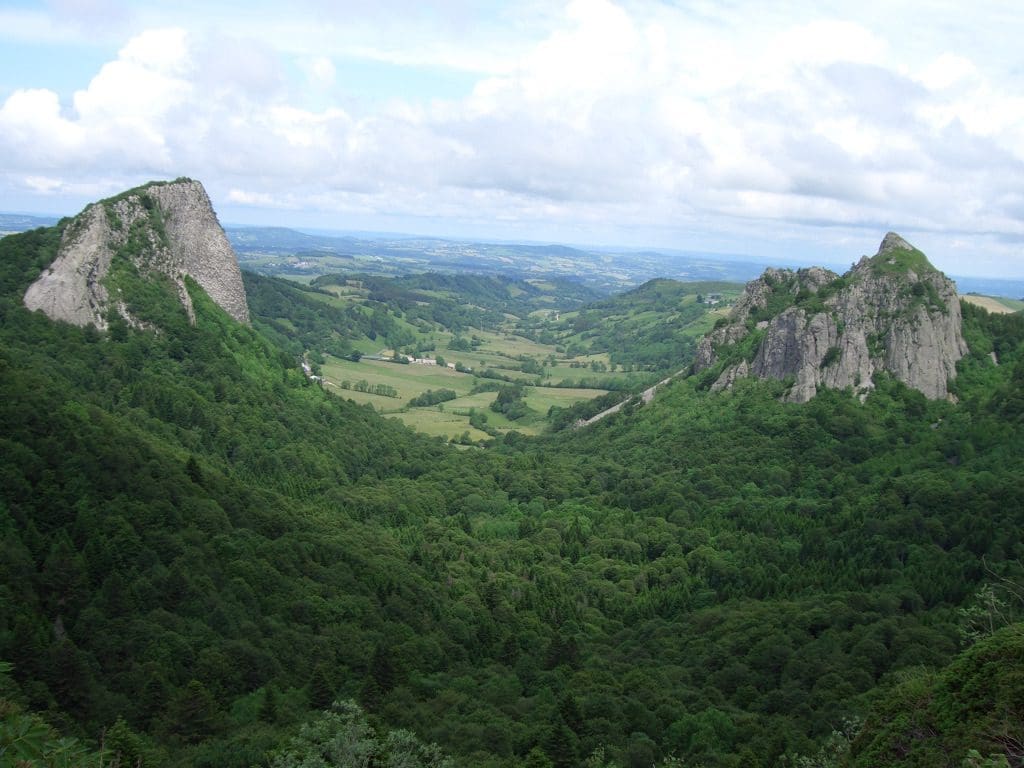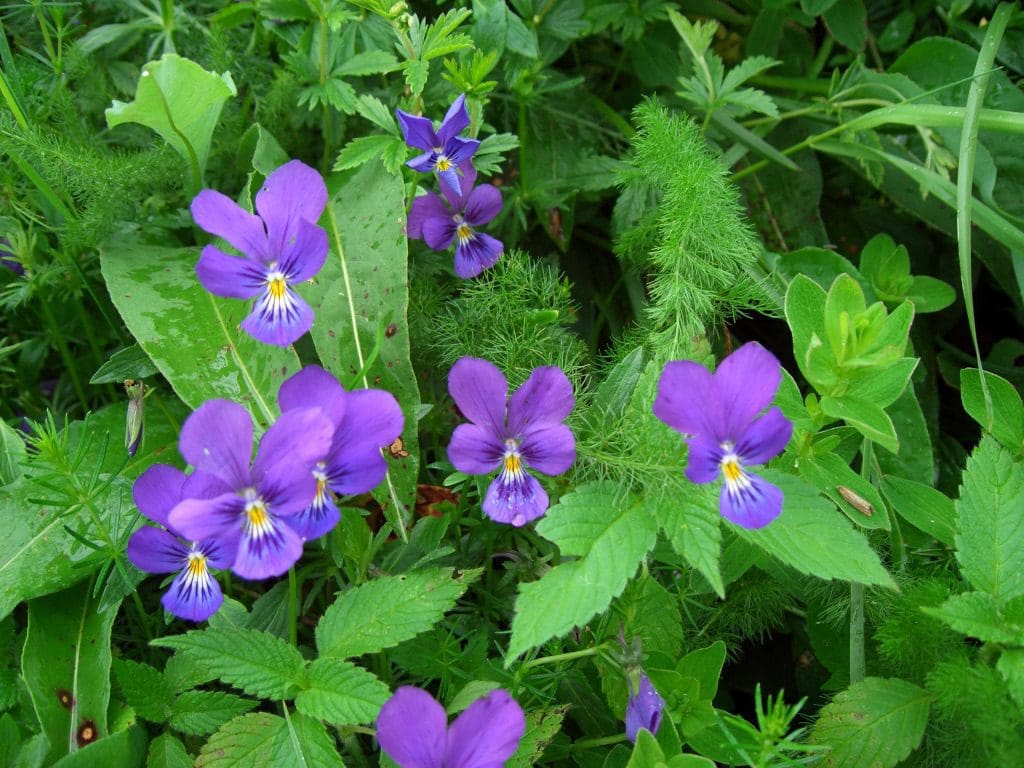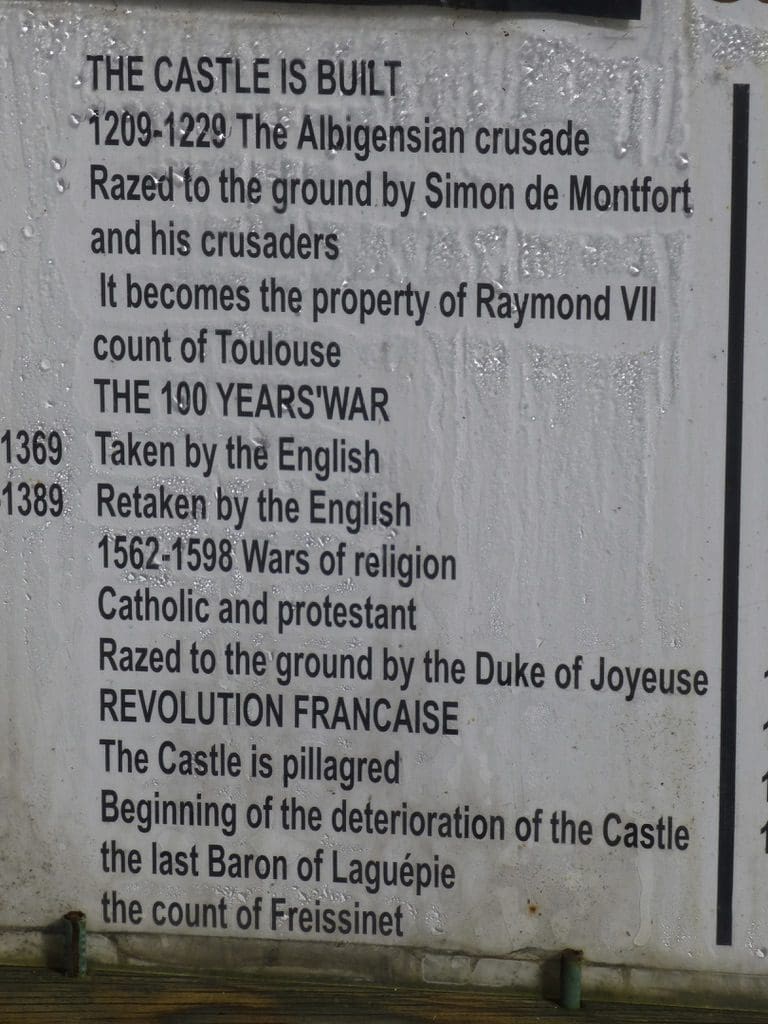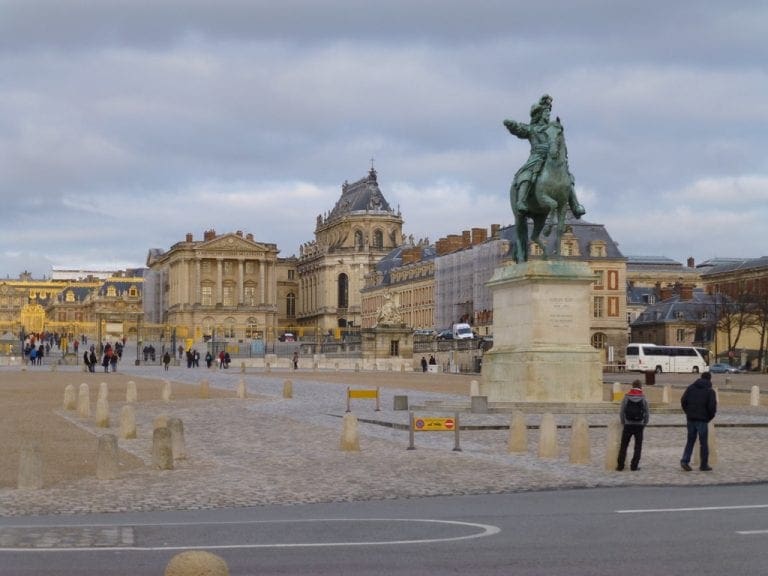Auvergne
11/6 A day off (ish). We are in the Auvergne. We went for a drive to the Col de Guery – one of the most photographed places in France (after the Eiffel Tower) – for lunch. The view is made up of two volcanic plugs (one on each side of the old glacial valley). The view (where we had lunch) is at the head of the cirque that had formed the glacier.
12/6 Another day off-ish. We drove to the local supermarket (9km away) to buy lunch and fill with fuel. There is certainly a thing about fuel prices that has been common in Ireland, Denmark and France. Fuel is less expensive at the small, out-of-the-way places. On the motorway it is 1.16 euros a litre. In the smallest village it can get down to 1.03.
We had lunch (cheese of the region and ham, washed down with a bottle of red that had been on special at the supermarket in Loire. Geoff followed his usual behaviour and bought what the locals were buying. Someone bought 6 bottles of this red, so we bought one – a clean skin. It turned out to be excellent. 1.63 euro.
From there we went (after a decent interval) to see the ski resort of SuperBesse, which was a few kms away. A little bigger than Thredbo. There is one mountain (Puy de Sancy) ringed by several resorts. SuperBesse shares a lift ticket (20.40 euro per day, 109.30 for 6 days in school holidays) with Mont Dore immediately to its north. We are staying at St Nectaire – cheese capital of this region. The valleys are often very steep sided and the roads very winding. The valleys are so tight that it is difficult to fit things like towns and campgrounds in them. Mont Dore is so packed into its valley that it is a genuine pain to drive through. Often the campgrounds share fences. Our camp ground is full of calling birds, probably more than anywhere else we have stayed. In Oz, we had noticed that often ‘lots of birds’ means a very nice place. Maybe here too.
13/6 Today a day of volcanoes. First, we went up Puy de Dome, a very tall volcanic plug that rises almost 700m from the foothills around it. There is a toll road (built in 1927) that winds around it to the top. At the top, is a huge telecommunications tower (1985), a roman temple to mercury (1st or 2nd century), a meteorological lab, hang gliders, and an excellent view over the county. This spot is where Pascal (yes he who invented most of our maths) tried out the first barometer and proved a vacuum existed (the mercury column changed height as it was taken up and down the Dome).
Then to Vulcania – an exhibit on volcanoes, how they work and other forces of nature (earthquakes and tornadoes). A very good exhibition with many movies and an excellent earthquake simulator. A shame it was mostly in French, we felt we did not learn much, vulcanology has been a hobby of both of us for many years. It was also a little too Euro-focused in that it neglected all the News Zealand (sic) volcanoes gave no attention to Indonesia or the recent tsunami. Even so, well worth seeing.
Helen – For dinner, we drove back to the village we are staying in and sussed out a place where we planned to eat. Of course, dinner starts here after 7p.m. and we had an hour to kill. Geoff suggested we go to the local internet café to try to send/receive e-mails – the first opportunity in 10 days. A voila – everything worked and we just had to have a beer while we computed and stayed for “a Macdonalds only French”. My salad was with smoked salmon and Geoffs was with a local type of salami and thick ham that is nearly bacon. Both with a nut oil (couldn’t translate the nut) and apple cider vinegar with a touch of mustard – yummmm. Our hamburgers were centimetre thick slices of Charlois beef that had been carefully prepared with a blue cheese and crème fraise sauce. No ordinary steak burger that one. Notice the difference – at home it would have been up on the notice board as a special hamburger. Here, the details were carefully explained down to the fact that it was beef from the Charlois cow that just happen to be wandering over the mountains in the local area. Coffee, little sweet sticky things and a shot of vodka to finish. A lovely man and wife team did their best to make us feel welcome and kept up an informative conversation as best we could. The best part was the family dog sat beside me the whole meal with his jaw/paw on my lap hoping for a morsel – poor half starved Labrador that she was – (just like at Coopers place) while grandma sat in the next room helping the grandson conjugate his eternal French irregular verbs and their spelling for homework. The house itself is in a narrow valley which is the headwaters of the Dordogne. Out the window we could see the other side of the valley covered in thick forest, the creek was below and in front of us was one of the fromagerie that produces some of the best cheeses in France. Some hamburger joint that one.
14/6 We went for a walk from Col de Guery along one of the x-country trails to (and just past) an old ruined farmhouse. Through the most beautiful country – rolling hills, luscious green pasture, wildflowers and very contented cows. Just as we reached our turning point a huge storm hit – dropping a lot of water and with lightning crashing around us. Very scary. We were the highest points (very exposed – open grasslands and no trees etc) and the lightning was striking within a couple of hundred metres. We had our good raincoats on but still got wet pants and soaking socks on the way back. Two frightened bunnies walking quickly through the rain and flooded road.
For a change of pace, we went to the restaurant on the nearby Lac Guery. Excellent food. Geoff had the boring old plate du jour – ham tureen, bacon cabbage and potatoes, and cheese plate. Helen had a la carte – fish (with a pickled onion sauce) and raspberry flan desert. One of the better meals yet. Sorry Dolores, although the bacon, cabbage and potatoes might sound the same as an Irish dish, from there all resemblance ceased.
We then drove back to St Nectaire to see a presentation on how this St Nectaire cheese is made. From what we can work out, twice a day, immediately after milking (within minutes), rennet is added to the milk from that milking which then curdles. 15 minutes later the cheese is essentially cheese. It is put through a few processes to dry it out and 5 weeks later is ready to eat. Note, no pasteurisation. Extremely good cheese. No wonder it is among the most popular in France. Cheese made this way on the farm is a ‘cru’ cheese (like the wine ‘cru’). If the milk is sent to factory, it is pasteurised , and labelled differently. The cheese made on the farms is usually stored on the farms to mature so each of the farm houses sits on top of huge cellars full of ripening cheese. Before mechanisation the cheese had to be made up in the high pastures in summer, so there are still small stone ‘sheds’ with cellars under them dotting the high pastures. (In winter the cows are in the barns and are hooked into the big milking machines. In summer when they are high up in the pastures the farmers have a portable milking machine which they tow on a trailer up to the cows.
A few notes on the Auvergne region. We like this place immensely. Extremely friendly people, green pastures and great food. St Nectaire is a very good place to see it from. We appeared to have liked the Col de Guery area as we went there three times.
15/6 Overnight more thunderstorms and rain. One lightning strike was very close and sounded as though it had brought the local castle down. An early start for the day. Took the tent down in the rain and drove through low clouds up over the pass and out to the toll-way and to the Dordogne region where we will be for the next few days. Along the way, we finally succumbed and bought a little 12V fridge in place of the esky, which has not been a success because we could not get things cold in the first place. We are at a campground called ‘le Paradis’ and it is the best we have seen anywhere. Excellent amenities block. Extremely efficient and friendly Dutch family running the place. We arrived with pretty well everything wet and dirty. Had an afternoon drying it out and cleaning up. This is very different country. Warmer and drier. There are even banana trees being grown as ornamental shrubs.























